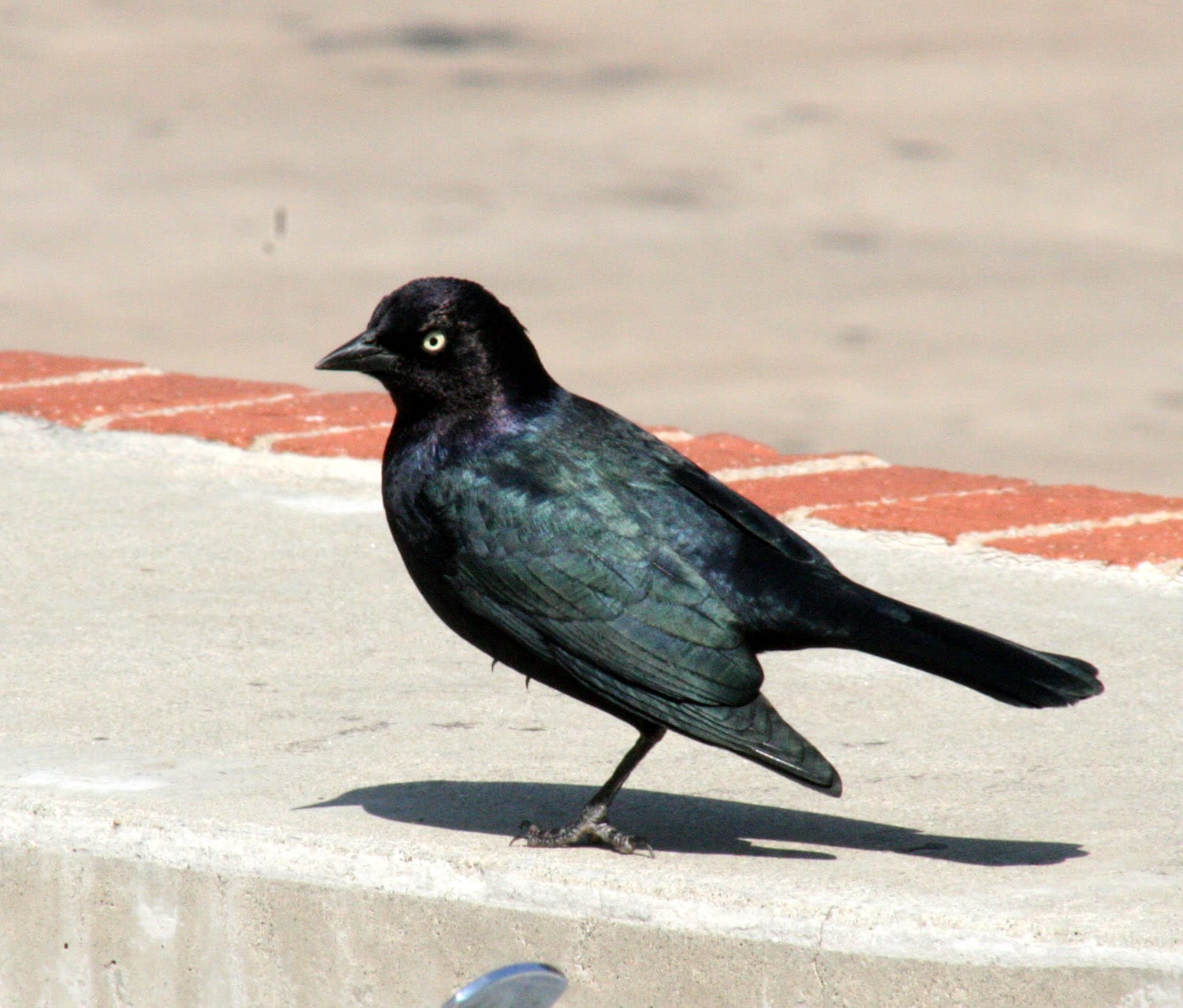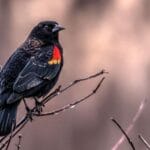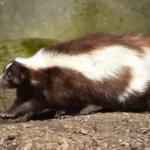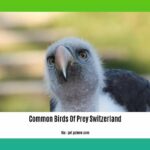Ever notice those sleek, dark birds flitting about? Blackbirds are more than just a common sight; they carry a rich history of symbolism and meaning across cultures. From ancient myths to modern-day superstitions, these feathered creatures have woven themselves into the fabric of human belief. Let’s delve into the fascinating world of blackbirds, exploring their cultural significance, ecological roles, diverse species, and complex relationship with humanity. Ever wondered about the typical squirrel life expectancy in the wild? Or perhaps you’re looking for effective skunk repellent strategies? These seemingly unrelated topics touch upon our interaction with the natural world, much like the blackbird’s story does.
Cultural Resonance of Blackbirds
Blackbirds, with their glossy black plumage, have long captivated human imagination. Their presence in our gardens, perched on branches, or soaring through the sky, has sparked myths, legends, and spiritual interpretations across the globe.
Unraveling the Symbolism: A Cross-Cultural Perspective
Blackbirds hold diverse symbolic meanings depending on the cultural lens. Native American tribes, such as the Cherokee and Navajo, often view blackbirds as spiritual guides, particularly during times of transition and change. They are seen as companions on life’s journey, their presence suggesting a shift in the spiritual landscape. This interpretation may stem from observing the blackbird’s adaptability and resilience in diverse environments.
Celtic traditions likely held their own unique perspectives on blackbirds, although the specifics have become somewhat obscured over time. There are suggestions of a connection to the otherworld and the realm of magic and mystery. Further research into Celtic mythology might reveal deeper insights into their beliefs surrounding these enigmatic birds.
In Christian symbolism, blackbirds sometimes represent darkness or temptation, a stark contrast to their role as benevolent guides in other cultures. This duality highlights how a single symbol can hold opposing meanings, reflecting the complexities of human interpretation. The “Four Calling Birds” of the Christmas carol “The Twelve Days of Christmas” potentially allude to blackbirds, adding another layer of intrigue to their symbolic repertoire.
Blackbirds as Messengers and Guides
Beyond specific cultural interpretations, blackbirds frequently appear as messengers from the spiritual realm, bridging the gap between the seen and the unseen. Their calls, especially when unexpected, are sometimes perceived as communications from departed loved ones, spirit guides, or even deities. Some view repeated blackbird sightings as significant omens, prompting reflection on personal growth and transformation.
As totems or power animals, blackbirds embody adaptability, resilience, and sharp intuition. They encourage us to embrace our “shadow selves,” those hidden aspects of our personalities we tend to ignore. In dreams, blackbirds often carry positive connotations, perhaps symbolizing good news or hidden opportunities, contrasting with the more ominous interpretations found in some folklore.
Ecological Importance of Blackbirds
While their symbolic meaning captivates us, blackbirds also play essential roles in the ecosystem. Understanding their ecological contributions adds another dimension to their significance.
Habitat and Diet: Adaptable Survivors
Blackbirds demonstrate remarkable adaptability, thriving in various habitats, from woodlands and grasslands to urban environments. Their diet is equally diverse, consisting of insects, fruits, seeds, and even small vertebrates. This flexibility allows them to survive and even flourish in changing conditions.
Impact on the Ecosystem: A Balancing Act
As omnivores, blackbirds influence the populations of both their prey and the plants they consume. They help control insect populations, preventing potential outbreaks that could harm vegetation. By dispersing seeds, they contribute to the regeneration of plant communities. However, they can also occasionally become agricultural pests, highlighting the complex interplay between wildlife and human interests.
Species Variations: A Diverse Family
The term “blackbird” encompasses a variety of species within the Icteridae family, each with unique characteristics. Recognizing this diversity expands our understanding of these birds.
Red-winged Blackbirds: A Flash of Color
Red-winged blackbirds, known for their distinctive red and yellow shoulder patches, are a common sight in marshes and wetlands. Their striking appearance adds a vibrant touch to their surroundings, and their boisterous calls contribute to the soundscape of their habitat.
Common Grackles: Masters of Mimicry
Common grackles, larger than many other blackbird species, are known for their iridescent plumage and impressive vocal abilities. They are skilled mimics, capable of imitating a wide range of sounds, from other bird calls to human speech.
Other Notable Species: Expanding the Spectrum
Beyond these well-known examples, the blackbird family includes a variety of other fascinating species, each with its own unique adaptations and behaviors. Exploring the diversity within this group reveals the richness and complexity of the avian world.
Conservation Status and Human Interaction
Understanding the conservation status of blackbirds and our impact on their populations is crucial for their continued survival.
Threats to Blackbird Populations: A Shared Responsibility
Habitat loss, pesticide use, and climate change pose significant threats to blackbird populations. Human activities, such as deforestation and urbanization, encroach upon their natural habitats, reducing their available resources and nesting sites. Pesticides can contaminate their food sources, leading to declines in their numbers.
Conservation Efforts: Protecting Our Feathered Friends
Various conservation organizations and initiatives work to protect blackbird habitats, promote responsible land management practices, and raise awareness about the importance of biodiversity. By supporting these efforts and making conscious choices in our daily lives, we can contribute to a healthier future for blackbirds and the ecosystems they inhabit.
The Enduring Mystery of the Blackbird
The blackbird’s enduring presence in our cultures and stories highlights the profound connection between humans and the natural world. Whether viewed as spiritual guides, symbols of transformation, or essential components of the ecosystem, blackbirds enrich our lives in countless ways. So, the next time you see a blackbird, take a moment to appreciate its beauty, listen to its song, and reflect on the many layers of meaning it embodies. What message might this enigmatic creature hold for you?
- Unlocking TEA Words: Comprehensive Analysis & Lexical Insights - April 29, 2025
- Unlock Sustainable Farming:Achievable Crop Yields Now - April 29, 2025
- Unlock Your Potential: Words With Inspiration for Lasting Success - April 28, 2025

















1 thought on “The Blackbird’s Mystical Message: Exploring its Significance in Folklore, Dreams, and Spirituality”
Comments are closed.